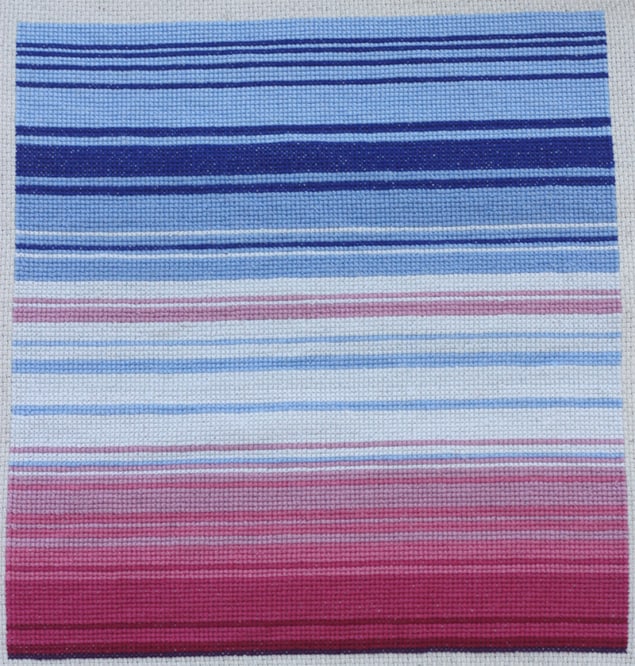
By Michael Banks
An image of a single positively-charged strontium atom that is held in an ion trap by electric fields has won a national science photography competition organised by the UK’s Engineering and Physical Sciences Research Council (EPSRC).
Taken by PhD student David Nadlinger, from the University of Oxford, the image shows the light emitted from the atom when it absorbs the light from a laser tuned to a specific frequency. The picture was taken through a window of the ultra-high vacuum chamber that houses the ion trap.
“The idea of being able to see a single atom with the naked eye had struck me as a wonderfully direct and visceral bridge between the minuscule quantum world and our macroscopic reality,” says Nadlinger. “When I set off to the lab with camera and tripods one quiet Sunday afternoon, I was rewarded with this particular picture of a small, pale blue dot.”
Moving onto space, the successful launch of Space X‘s Falcon Heavy rocket last week resulted in a Tesla Roadster (formally owned by SpaceX boss Elon Musk) in orbit around the Sun. Used only as a test mass, the car featured a spacesuit-clad mannequin called “Starman” in the driver’s seat.
Physicists in Canada and the Czech Republic have now performed simulations to determine the fate of the Tesla and Starman. They estimate that the first close encounter with Earth will come in 2091 with the probability of a collision with either Earth or Venus in the next million years being 6% and 2.5%, respectively.

From space to climate change. At first sight the image on the right might look like a simple rug that could adorn your lounge. Yet the eagle-eyed among you might be able to spot a certain trend. That is because the stitching shows how warm the planet has become in recent years.
Each row in the cross stitch represents a year running from 1880 (top row) to 2017 at the other end. The colour signifies the average temperature for that year based on the deviation from the historical average (in white), which is the temperature from 1900 to 2000.
It was created by Ellie White, a graduate student in civil engineering at the University of California, Davis, who is now planning to release a kit with instructions.
And finally, make sure you have a go at this fun quiz by the Perimeter Institute – Are you a quantum mechanic? Avid readers of Physics World should be able to get Q9 correct.



